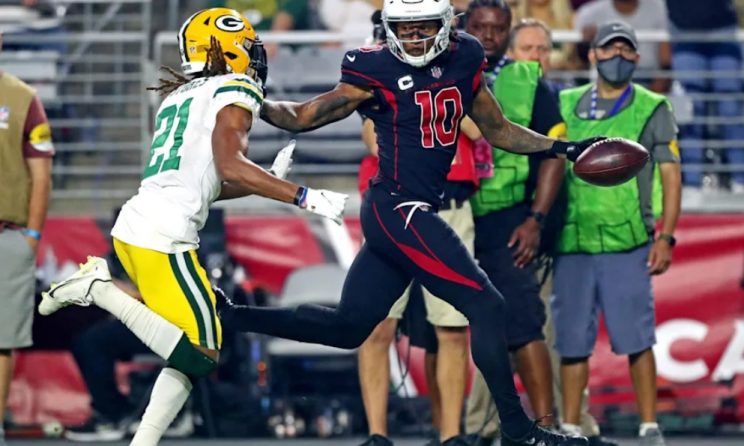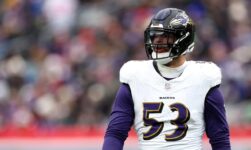
Each fall, the NFL analyzes and shares preseason injury data as a part of ongoing efforts to advance the health and safety of players. The injury data are compiled and analyzed by IQVIA, an independent, third-party company retained by the NFL and the NFL Players Association (NFLPA).
IQVIA analyzes injuries throughout the season, compares that data to trends over time and shares findings with the NFL, the NFLPA and the NFL medical and football committees.
Preseason injury data include statistics on injuries occurring during preseason practices and games, including concussions, ACL and MCL injuries.
There are three key takeaways from the 2021 preseason injury data.
1.) Concussion rates are at a five-year low.
The 2021 preseason, including practices and games, had the lowest rate of concussion in the last five years (2015-2019), excluding the anomalous 2020 year which did not have any preseason games.
Reducing the number of concussions that occur during the preseason is a pillar of the NFL’s injury reduction plan. Targeted club interventions, such as sharing information about the causes of concussion and providing guidance on training techniques, are helping to push the numbers in the right direction.
Further, when compared to 2015-2019, total number of injuries during the 2021 preseason were the lowest.
2.) Additional lower extremity injury reduction efforts are underway to address a five-year high.
The incidence of soft tissue injuries, including calf, hamstring, quadricep and adductor strains, are significantly up during the 2021 preseason compared to 2015-2019. As the NFL continues to use injury data to drive health and safety progress, new efforts are underway to address lower extremity injuries, which remain the highest driver of missed days.
3.) Players are continuously moving into even better-performing helmets.
At the conclusion of the 2017 season, only 41 percent of players were wearing top-performing football helmets. Just four years later, more than 99 percent of players are wearing helmets that performed in the top group based on the NFL-NFLPA annual laboratory testing performance results.
But the work doesn’t stop there. The NFL continues to raise the bar for what is considered a top-performing helmet. In 2021, the league and the NFLPA implemented even more rigorous testing, meaning that some helmets previously considered top-performing didn’t make the cut for 2021. Returning veterans stepped up to the challenge, with 27 percent of them upgrading their helmets before the start of the 2021 season. As the NFL-NFLPA’s testing methodologies and helmet technology both continue to improve, players will be encouraged to continue to trade-up.






